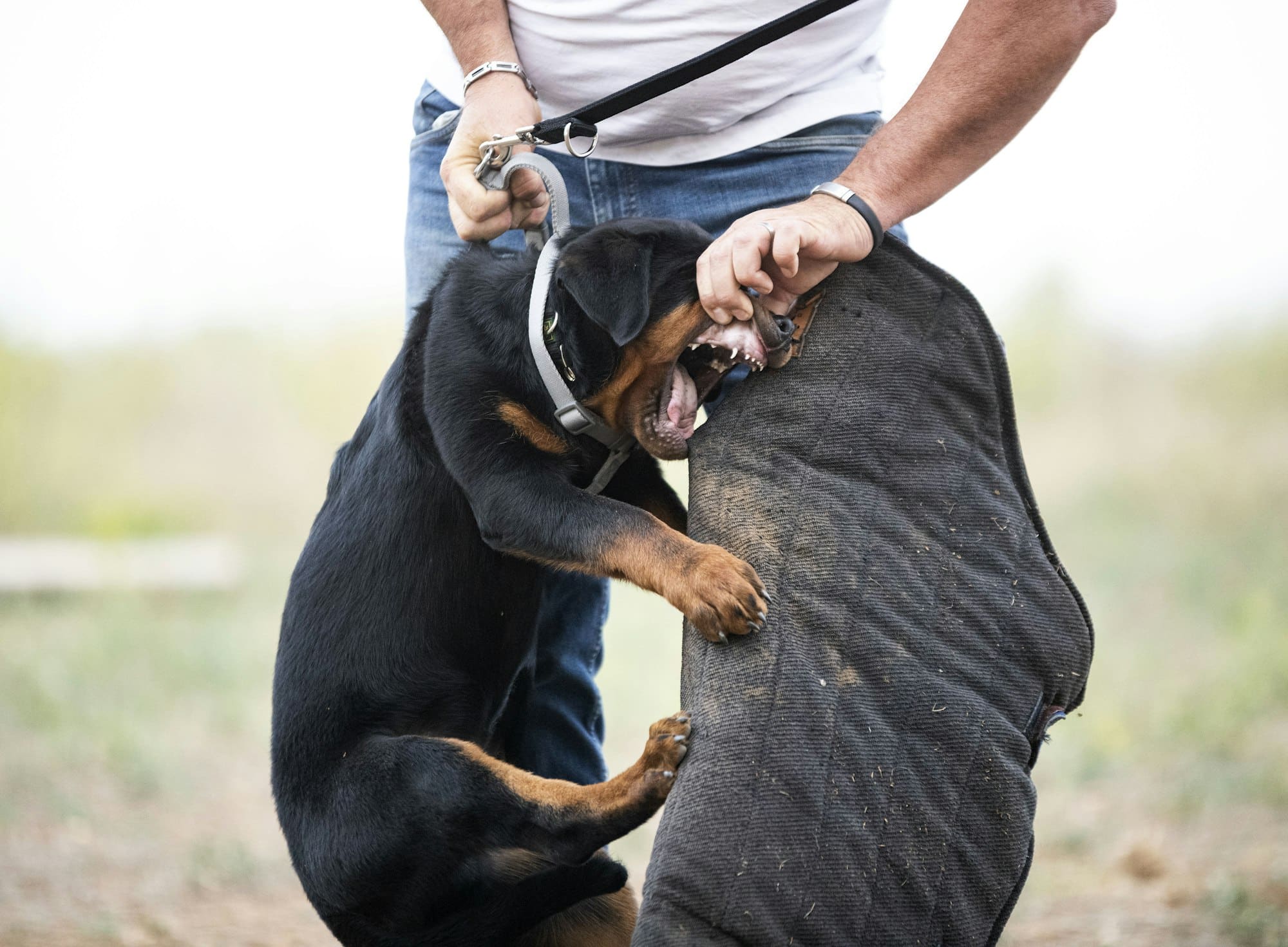As parents, your child’s safety is paramount. One crucial part of this is ensuring the correct installation of your child’s car seat. In this guide, we’ll delve into the best practices for installing child car seats, focusing on the importance of proper positioning, secure harnessing, and the appropriate usage of the latch system. We’ll also address the differences between rear-facing, forward-facing, and booster seats and which is suitable based on your child’s weight and age.
Selecting the Right Seat for Your Child
Before you start the installation process, it’s crucial to understand which seat is best for your child. There are three main types of car seats: rear-facing, forward-facing, and booster seats.
Also read : Which type of brake fluid is best for high-performance vehicles?
Rear-facing seats are designed for newborns and infants. These seats are installed at a recline angle and work by cradling your baby to distribute the force of a crash across their entire body.
Once your child outgrows the rear-facing seat, usually around ages 2 to 4, they can transition to a forward-facing seat. This seat uses a harness and tether to limit your child’s forward movement during a crash.
Topic to read : How can you effectively clean corrosion from a car battery?
Booster seats are for older children who have outgrown their forward-facing seats but aren’t yet large enough to use the vehicle seat belt alone. They lift the child so that the seat belt fits properly over the strongest parts of their body.
Installing a Rear-Facing Car Seat
Rear-facing seats are the safest option for your baby. It’s imperative to ensure they’re installed correctly.
Start by examining your vehicle’s latch system. This system includes two lower anchors and a top tether located in the vehicle seat’s crack. Attach the car seat’s lower anchor connectors to your vehicle’s lower anchors, ensuring the car seat is installed firmly.
Place your weight into the car seat and tighten the latch strap. The seat should not move side-to-side or front-to-back more than 1 inch when pulled at the belt path. If it does, it’s not installed properly.
The proper angle for a rear-facing seat is a 45-degree tilt. Many seats have an angle indicator to help guide you.
Installing a Forward-Facing Car Seat
Transitioning from a rear-facing seat to a forward-facing seat is a big step in your child’s life. It’s critical to ensure the seat is properly installed to provide maximum safety.
Just like with the rear-facing seat, you’ll use your vehicle’s latch system to install the forward-facing seat. Attach the lower anchor connectors and then use the top tether to secure the car seat at the top.
Next, place your weight in the car seat and tighten the latch strap until the seat is secure. Again, it shouldn’t move more than 1 inch at the belt path.
The harness straps should be placed through the slots that are at or above your child’s shoulders. The chest clip should be level with your child’s armpits.
Installing a Booster Seat
Once your child has outgrown their forward-facing seat, usually around ages 5 to 9, it’s time to move to a booster seat.
Booster seats don’t use a harness or latch system. Instead, they’re designed to position your child so that the vehicle’s regular seat belt can be used.
To install a booster seat, simply place it in the back seat of your vehicle and have your child sit in it. Pull the vehicle’s seat belt across your child’s body so that the lap belt rests on their hips, not their stomach, and the shoulder belt lies on their chest, not their neck or face.
Ensuring Proper Fit and Position
Whether your child is in a rear-facing seat, a forward-facing seat, or a booster seat, it’s crucial to ensure that the harness or seat belt is positioned properly.
For both rear-facing and forward-facing seats, the harness straps should lie flat, not twisted, and be snug enough that you cannot pinch any slack when testing it at your child’s shoulder.
The chest clip should always be at armpit level. This ensures that your child is secured in their seat and that the force of a crash will be distributed evenly across their body.
In a booster seat, the vehicle’s seat belt should rest on your child’s hips and chest, not their stomach or neck. The shoulder belt should never be tucked under your child’s arm or behind their back.
Checking Your Car Seat Installation
Now that you have installed the car seat in your vehicle, it’s essential to ensure that it was done correctly. Even a minor mistake can impact the seat’s effectiveness in protecting your child during a crash.
Begin by checking the level of the car seat—rear-facing seats should be at a 45-degree angle, and forward-facing seats should be upright. Most car seats come with a built-in level or angle indicator, which can be a valuable tool in this process.
Next, test the firmness of the car seat’s installation. When you tug the car seat at the belt path, it should not move more than one inch in any direction. If the car seat moves more than this, you will need to tighten the latch strap or seat belt.
Ensure that the harness straps are properly adjusted. They should lie flat against your child, not be twisted, and should be snug enough that you cannot pinch any slack at the child’s shoulder. The chest clip should be level with your child’s armpits.
In the case of booster seats, the vehicle seat belt should rest on your child’s hips and chest – not their stomach or neck. The shoulder belt should never be tucked under your child’s arm or behind their back.
Lastly, it is important to periodically check your car seat’s expiration date. Yes, car seats do expire! Typically, a car seat is safe for use for six years after its manufacture date. This information can usually be found on a sticker on the bottom of the car seat.
Conclusion: Ensuring Your Child’s Safety
Ensuring your child’s car seat is properly installed is a critical part of keeping them safe while on the road. Whether you’re using a rear-facing, forward-facing, or booster seat, each type has its own proper installation and harnessing techniques. Remember, the car seat should be secure, the harness tight and correctly positioned, and in the case of booster seats, the vehicle’s seat belt should lie on your child’s hips and chest.
It’s also important to remember that car seats do expire, and using an expired seat can put your child at risk. Always check the manufacture date and replace the seat as necessary.
By following these guidelines, you can feel confident that your child’s car seat is installed correctly and providing the essential protection they need. Ultimately, it’s about placing your child’s safety as a priority and taking the necessary steps to ensure they’re secure during every car journey.











